After searching for a dependable, non-Chinese dash cam, the Pioneer Car Dash Camera VREC-H120SC emerged as an appealing option. Purchased online for approximately Rs.2,980/-, this dash cam, made in Vietnam, promised quality and ease of use. This review dives into the unboxing, installation, and initial user experience with the Pioneer Dash Cam.
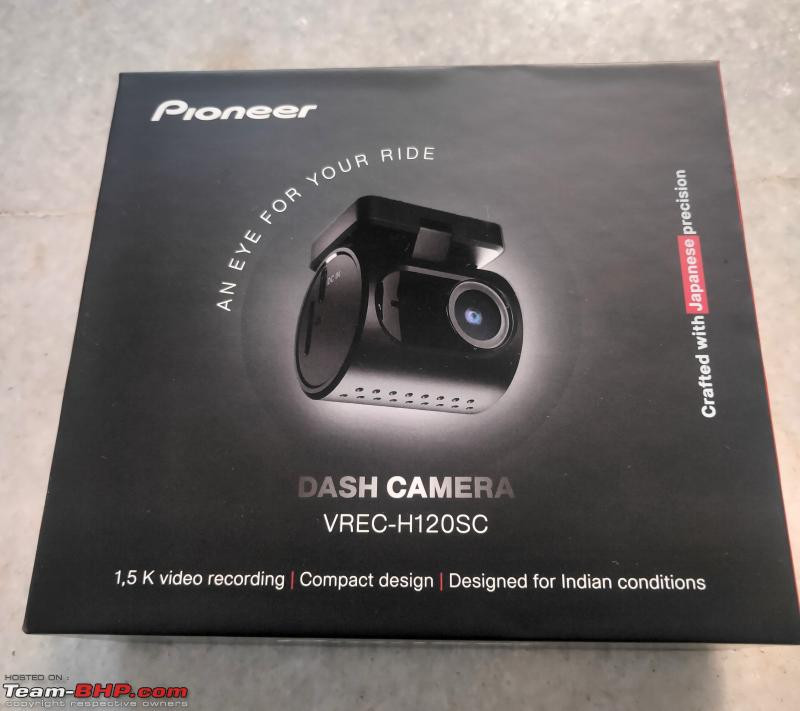
Image alt text: Pioneer VREC-H120SC car dash camera retail box, highlighting the Pioneer brand and model number.
The dash cam’s origin in Vietnam was a significant factor in the purchase decision, signaling a departure from typical Chinese-made electronics. To complement the dash cam, a Lexar 64GB Micro SD-Card, priced at Rs.1,049/-, was also acquired. Lexar’s reputation among professional photographers suggests enhanced reliability, a crucial aspect for dash cam storage, hopefully outperforming brands like Samsung and SanDisk in longevity.
Image alt text: Close-up of the Pioneer VREC-H120SC dash cam box, emphasizing “Made in Vietnam” to indicate manufacturing origin.
Image alt text: Lexar 64GB Micro SD card packaging, chosen for its reliability in dashcam video recording.
Unboxing and Initial Views
The Pioneer dash cam presents a compact design. Examining the device reveals a thoughtful layout, with a grill on the front likely intended for the speaker and potentially an ambient light sensor. The package includes essential accessories for setup: a USB Type-A to Type-C 3-meter cable, a cigarette lighter USB power adapter (5V 1.5A), static film, and double-sided tape for mounting.
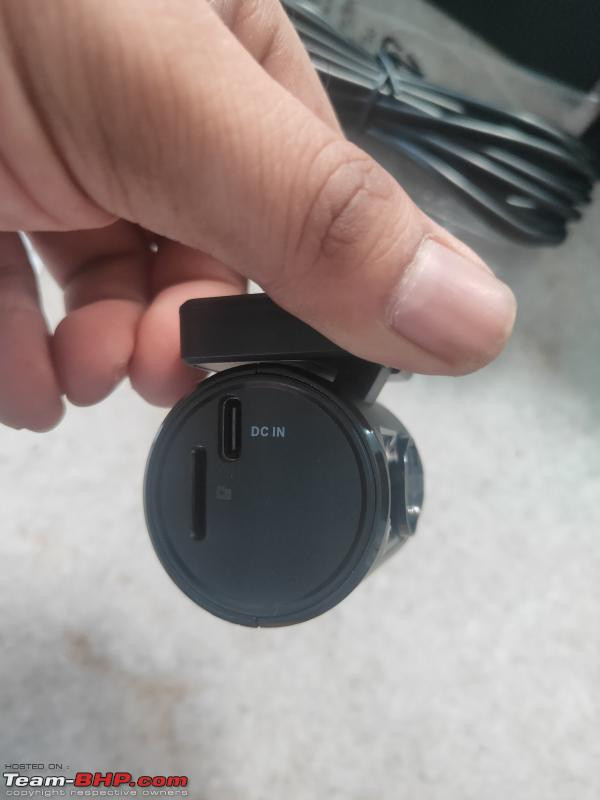
Image alt text: Right side view of the Pioneer VREC-H120SC dash cam, showing its sleek and compact profile.
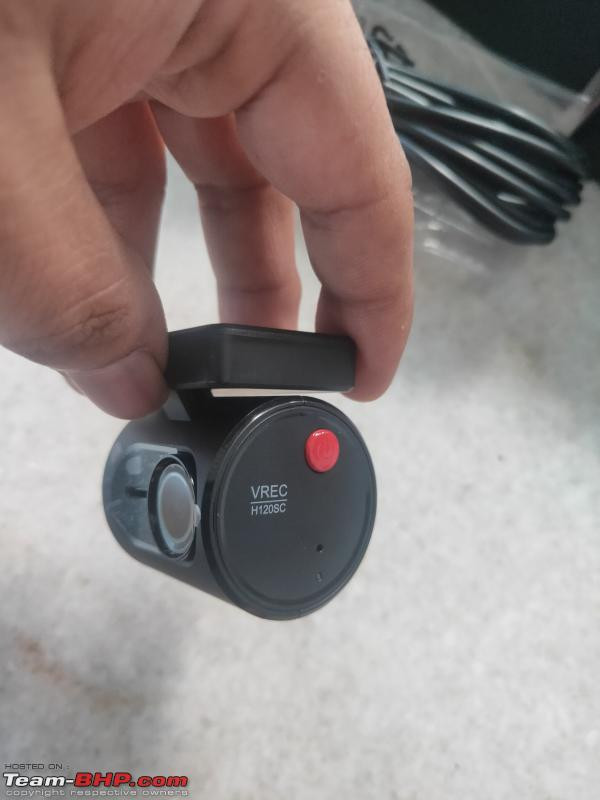
Image alt text: Left side view of the Pioneer VREC-H120SC dash cam, highlighting port locations and design elements.
Image alt text: Front view of the Pioneer VREC-H120SC dash cam, detailing the speaker grill and sensor area.
Simple Installation Process
Installation in a Fronx vehicle proved to be straightforward. The cable routing was easily managed through the passenger side A-pillar by gently removing the plastic cover. Securing the cable to the existing wiring harness with a couple of cable ties (though not photographed) ensured a tidy setup. The cable was then discreetly run under the main carpet and along the center console gap, resulting in a clean and unobtrusive wiring appearance.
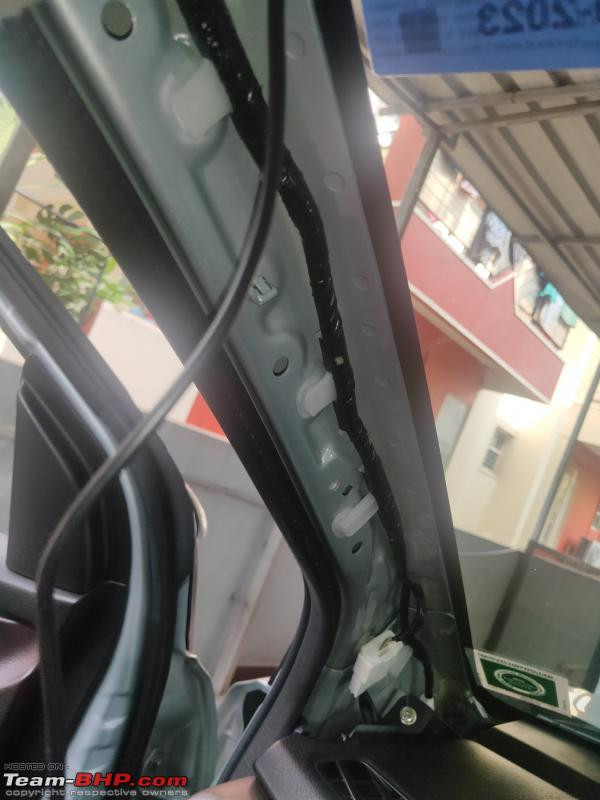
Image alt text: Interior view of the car, showcasing the neatly installed Pioneer dash cam near the rearview mirror.
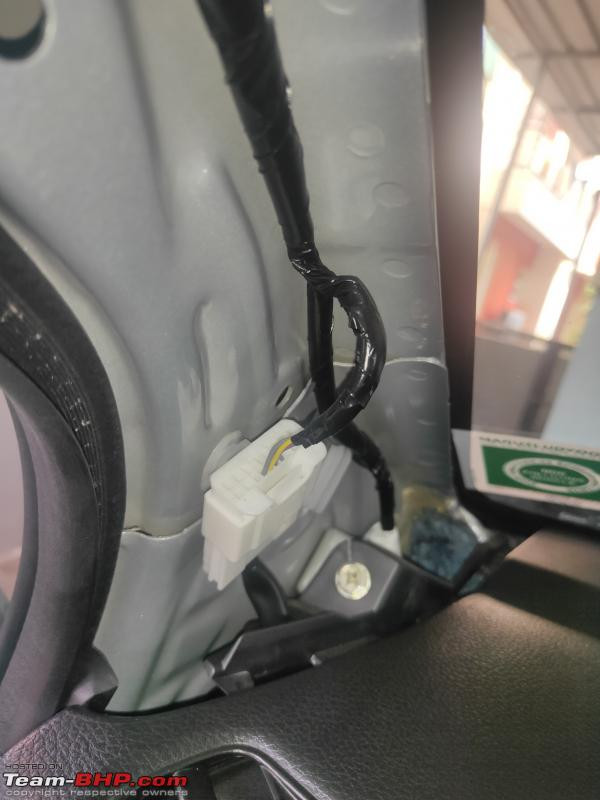
Image alt text: Closer view of the Pioneer dash cam mounted on the windshield, demonstrating its discreet placement.
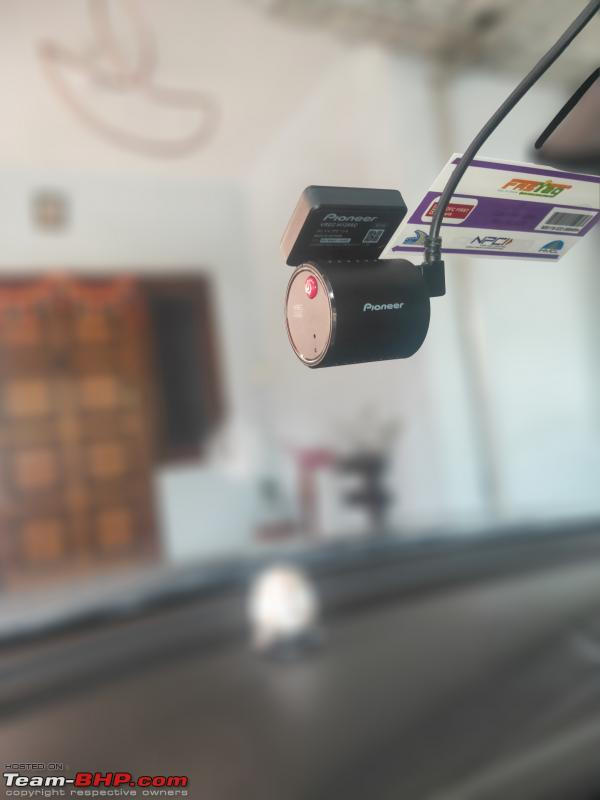
Image alt text: Wide angle view inside the car, showing the overall clean dashcam installation without visible wires.
Addressing SD Card Issues and Firmware
Initially, the SD card encountered corruption issues shortly after installation, as indicated by the dash cam. To resolve this, the SD card was formatted using the official SD Memory Card Formatter tool from the SD Card Association. This step is crucial for ensuring SD card compatibility and longevity with dash cams. The Pioneer dash cam also offers in-app formatting via the ZenVue application. Video files are conveniently organized into separate folders for normal, emergency, and parking recordings. Updating the dash cam firmware was also performed as a preventative measure against SD card corruption. Since these steps, the dash cam has operated reliably for several days without further SD card issues.
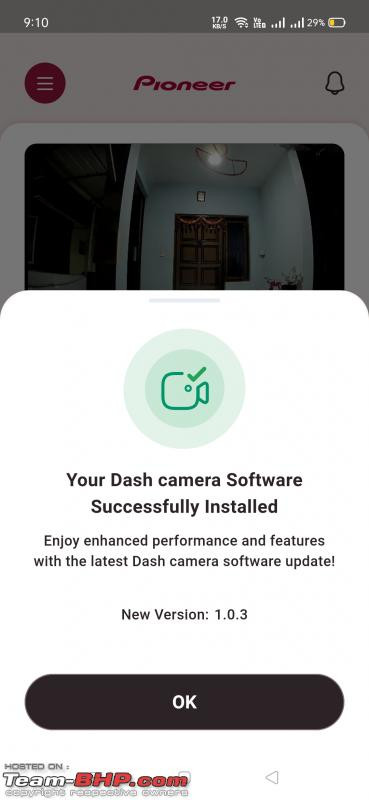
Image alt text: Screenshot of the ZenVue app interface, illustrating the user-friendly application for managing the Pioneer dash cam settings.
Voice Prompts and Manufacturer Request
The Pioneer dash cam includes helpful voice prompts for various alerts, such as SD card formatting needs, SD card corruption warnings, recording start and stop confirmations, and emergency recording notifications (even triggered by rumble strips).
In conclusion, the Pioneer Car Dash Camera VREC-H120SC offers an easy-to-install and user-friendly experience. To further enhance dash cam integration, a suggestion for car manufacturers would be to include a conveniently located 5V 1.5A USB Type-A power source near the rearview mirror with a timed power-off feature and battery voltage cut-off. This would simplify dash cam installation and enable parking mode functionality for a wider range of dash cam models.
For more user insights and discussions, refer to the BHPian comments on the Team-BHP forum.
